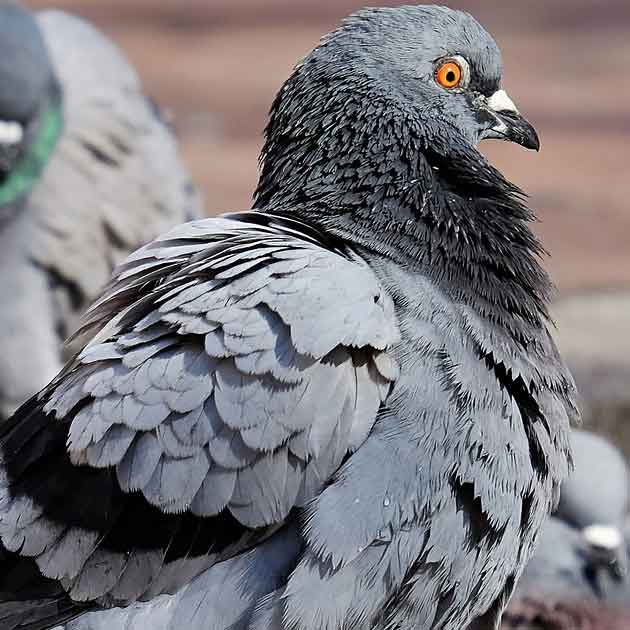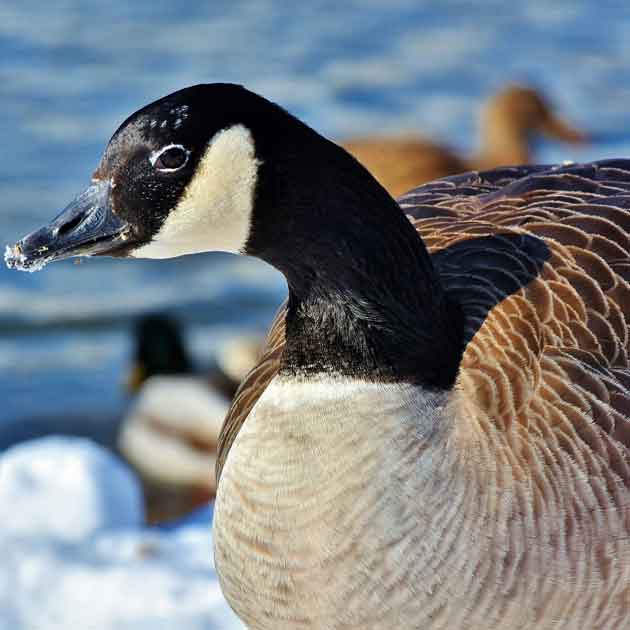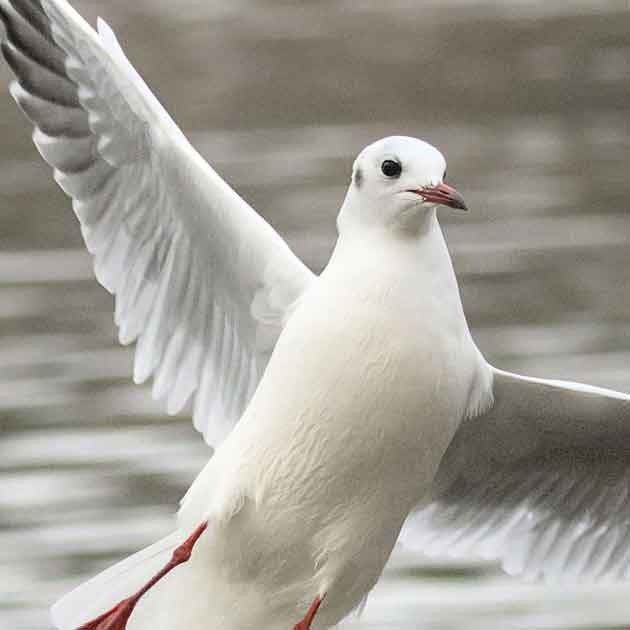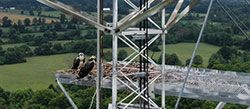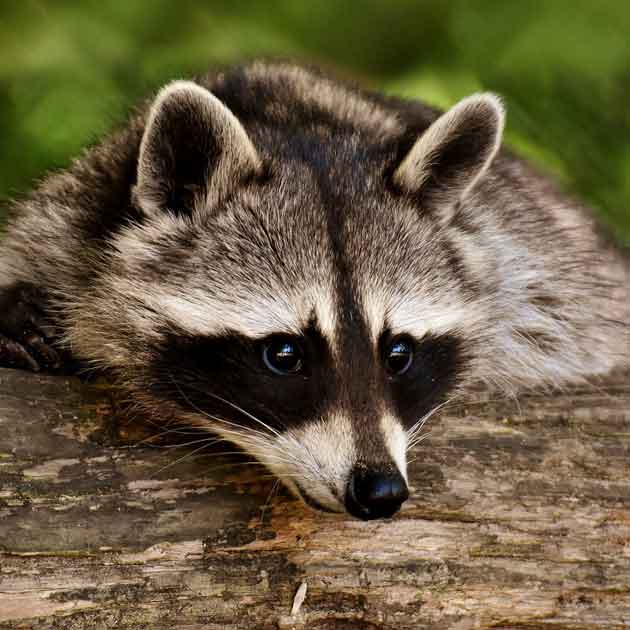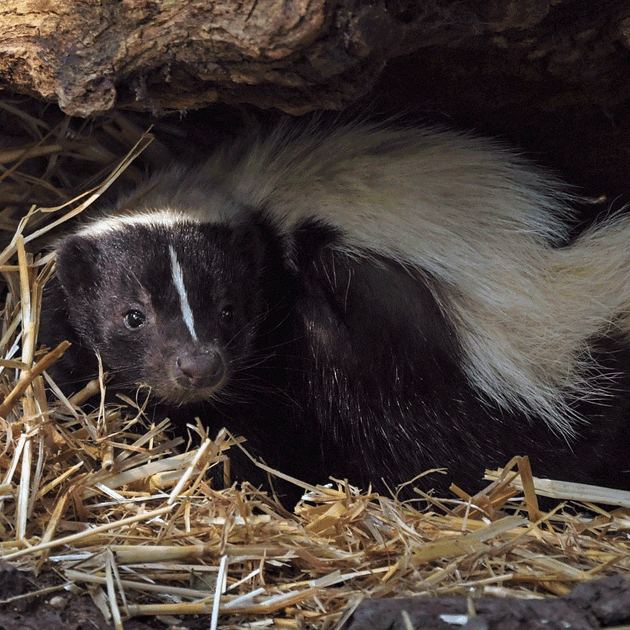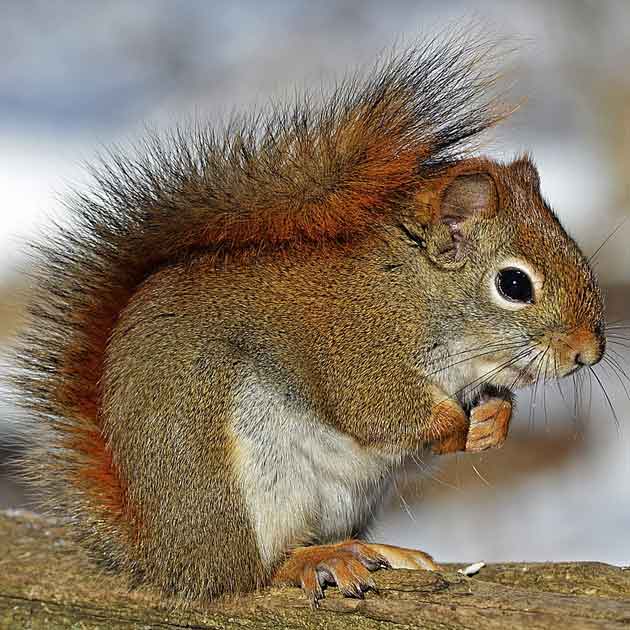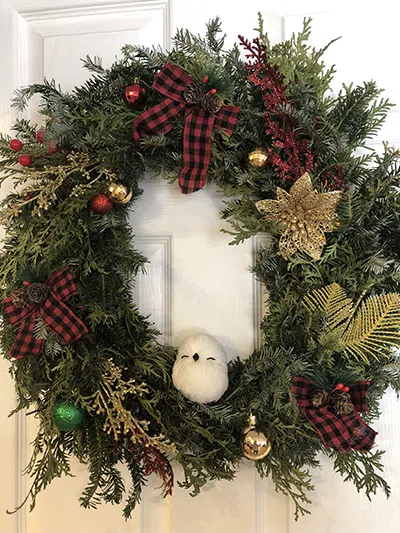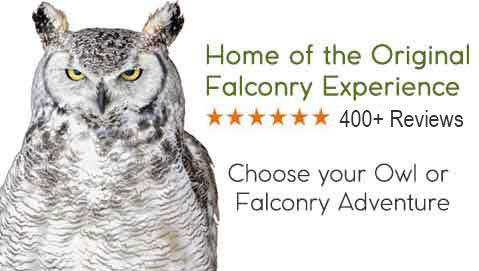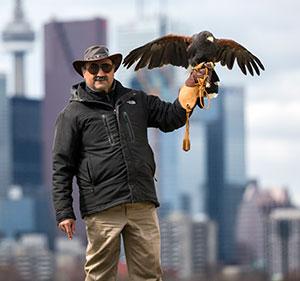As temperatures drop and winter appears on the horizon, raccoons seek warm, sheltered spaces to den for the winter. Roof vents are a common and often vulnerable entry point for these animals into attics, creating a significant and urgent problem for both homeowners and commercial property managers in the GTA. Raccoons are masters at exploiting weak points in a building's exterior, and a plastic or flimsy metal vent is an easy target for their strength, dexterity, and determination. So, whether you think you might have a raccoon in your HVAC vent or any other type of roof vent, you shouldn’t wait to get to the root of the problem.
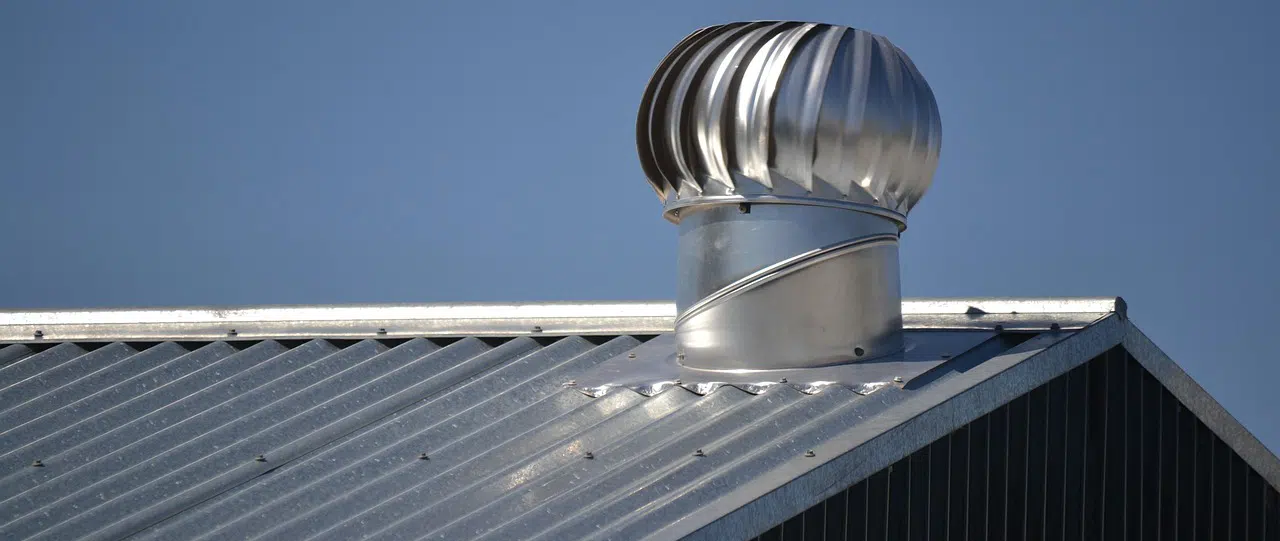
FAQs - Raccoon Control and Removal from Roof Vents
This article will provide a comprehensive guide on identifying a raccoon infestation in your roof vents, the specific risks involved, why common raccoon removal methods fail, and how our specialized service offers a permanent solution.
Q: How do I get rid of a raccoon in my roof vent quickly?
A: You will have to trap the raccoon(s). Consider involving a professional to determine the best location and type of trap to capture the animal quickly.
Q: Are raccoons in roof vents dangerous to my family, pets, or staff?
A: Yes, they definitely are. Roof vents are merely a short cut to your attic where the animals intend to den for the winter. Raccoons in your attic lead to structural damage of your home or commercial building and a great number of health risks for occupants. Learn more about the dangers of raccoons in attics here »
Q: Can I block or seal a roof vent while raccoons are inside?
A: No, you don't want to do that. You'll bee much better off installing a one-way door or setting the appropriate trap to capture and remove the raccoon(s).
Q: Do raccoons come back if relocated from roof vents in winter?
A: Unfortunately, raccoons almost always return after relocation. Your attic, your yard, and the immediately surrounding areas are now its home territory and the animal will return to where it has food security and feels safe.
Q: How can I raccoon-proof my roof vents permanently?
A: Robust ;vent caps will work wonders but there is no one-and-done solution. Examining your roof and addressing potential weak points will be an ongoing task. We suggest scheduled inspections of your roof and siding at least twice a year (fall and spring).
Q: What happens if a raccoon dies inside a roof vent?
A: The deceased animal HAS to be removed. In most cases, the best way to remove a dead raccoon is to hire a professional wildlife removal company.
Q: Do raccoons build nests in roof vents?
A: It is highly unlikely that a raccoon will build a nest inside your vent. It is much more likely that the vent simply provides access to the attic space, where a raccoon den can be established. That’s why raccoon prevention for vents is a crucial part of the process.
Q: How can I tell if I have a raccoon?
A: The most obvious signs inside your home will be unusual noises or activity (particularly at night) and strong musky odours. Check your attic for pulled or displaced insulation, nesting materials, and disturbed wiring. On the outside of your home, look for torn or ripped up roofing materials or siding, as well as droppings on the ground.
Q: What if there are baby raccoons in my roof vent?
A: Again, it's highly unlikely that animals are actually spending much time in your vents. However, you may well have a den with raccoon kits in your attic. Here too, you best contact an experienced wildlife removal company such as Hawkeye Bird & Animal Control to ensure that ALL animals can be removed at the same time. You absolutely do not want to trap the mother and leave behind helpless babies. Unless the den is in plain sight, you will have to go on a search mission. For example, if the den is behind a wall, we'll need to locate the kits with thermal imaging devices and then cut the drywall to remove the animals as well as all nesting materials. This type of raccoon removal is best left to professionals.
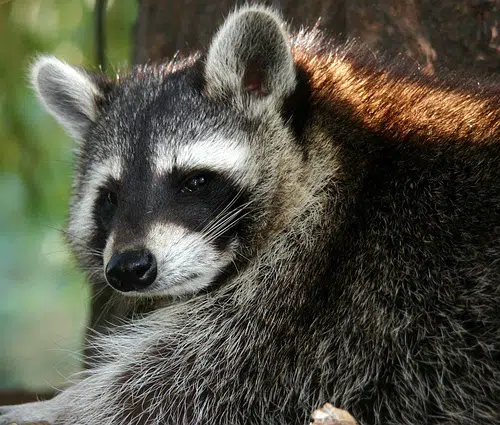 Why Raccoons Target Roof Vents
Why Raccoons Target Roof Vents
What is it about vents that makes them so appealing to raccoons?
- The Appeal of Vents
Roof vents often are a fairly easy way to get inside a structure, especially if not capped. Raccoons are much stronger than most realize and can bend aluminum without much effort. - Warmth and Shelter
While the vents themselves are not a particularly suitable space for a den, they do provide a steady stream of warm air from the building and are a welcome escape from the elements. - Easy Access
Roof vents are a fairly easy way to get inside a structure, especially if not capped. They are often the weakest part of the roof and require little effort to breach, thus giving access to attics and crawl spaces. Raccoons are much stronger than most realize and can bend aluminum without much effort.
- Vulnerability
A standard plastic or thin metal vent cover is no match for a raccoon’s powerful claws and teeth. - Pre-Winter Urgency
Taking action in the fall is critical. Raccoons are actively scouting and reinforcing dens for the upcoming cold weather. Waiting until snow and ice arrives makes removal more difficult and riskier.
Signs of Raccoons in Roof Vents
Visual Clues
Visual clues can include raccoon droppings around your home, visible damage to downspouts, or any part of the roof. Check for:
- Damaged Vents: A broken, bent, or completely torn-off vent cover.
- Fur and Debris: Tufts of raccoon fur caught on the edges of the vent, along with nesting materials like leaves and twigs.
- Physical Tracks: Paw prints on a dusty or snowy roof, indicating a regular entry and exit point.
- Auditory Clues: Scratching, scurrying, or chittering noises, especially at night when raccoons are most active. Learn what to listen for if you suspect raccoons in the attic: https://www.hawkeye.ca/blog/raccoon-noises-sounds.
- Olfactory Clues: A lingering musky smell can be a major indicator.
Risks of a Raccoon in the Roof Vents
Structural Damage
Raccoons cause costly damage to businesses and homes once they gain access, such as:
- Insulation Damage
They disturb, trample and soil attic insulation, drastically reducing its efficiency and leading to higher heating costs. - Fire Hazard
Chewing on electrical wiring in the attic creates a serious fire risk. - Water Damage
A damaged vent can allow snow and rain to enter the attic, leading to rot, mold, and costly repairs to the roof deck and ceiling. - Structural Damage
Raccoon latrines often damage wooden floors and drywall, resulting in mold and moisture and, in severe cases, ceiling collapse.
Health Hazards
A raccoon den in an enclosed space poses health risks for both business and homeowners.
- Parasites
Raccoon feces in the attic can contain raccoon roundworm eggs, a serious biohazard for humans and pets. - Aggressive Animals
A cornered raccoon or a protective mother can become aggressive, posing a threat to anyone who tries to inspect the attic themselves.
Pre-Winter Precautions to Secure Roof Vents from Raccoons
- Inspect vents, soffits, and rooflines in the fall.
- Install raccoon-proof vent covers (steel, not plastic).
- Trim overhanging tree branches providing roof access.
- Consider installing Electric Shock Tracks on fence lines or balconies near the roofline.
- Secure garbage storage and commercial waste bins to limit unintentional feeding of raccoons.
- Conduct routine property checks before deep freeze sets in.
Challenges in Removing Raccoons from Roof Vents in the Winter
- Snow and ice make roof access more dangerous.
- Raccoons are more desperate for warmth and harder to drive out.
- Mothers and juveniles may already be denning in the attic.
- Commercial properties often require after-hours or large-scale prevention measures.
Why DIY or Relocation Doesn’t Work for Roof Vents
The "Relocation" Problem
- The 1-km Law: Provincial law mandates a 1-kilometre relocation limit, which is not far enough to prevent a raccoon from simply returning to its home territory.
- The Homing Instinct: Emphasize that raccoons have a powerful homing instinct and will return to their established den, especially if they have young.
The "One-Way Door" Dilemma
- Mother/Kit Separation: A one-way door can separate a mother from her kits in the attic, causing her to frantically tear new, more destructive holes in the roof to get back to her young.
- Re-Entry: Raccoons are intelligent and determined; they can find or create an alternate entry point if the original one is blocked.
Hawkeye’s Permanent Raccoon in Roof Vent Removal Solution
The Hawkeye Advantage:
There is only one company in the GTA that can offer a permanent raccoon removal solution. Hawkeye has the legal authority to humanely trap and euthanize raccoons, guaranteeing they will never return to the property.
Contrary to what you may read on the Internet or hear from other companies, a site inspection is not necessary. Our technicians are trained in all methods of removal and carry with them all types of traps. Once the raccoon(s) are trapped, you have the option of asking us to release them or euthanize them.
Cost of Raccoon Removal from Roof Vents
Factors: residential vs. commercial property, extent of vent damage, and whether cleanup is required.
Hawkeye will do small roof repairs and install new vents - for extensive roof damage, you'll need to contact a roofing contractor. Prices will vary, according to the damages.
Raccoon Relocation vs. Permanent Removal
The choice is entirely yours. Knowing that relocated raccoons most often turn right back around and return, you may want to consider permanent removal. It saves long-term costs compared to repeated relocations and repairs.
Contact Hawkeye to Get Rid of Raccoons From Roof Vents
Raccoons in roof vents are a serious and urgent problem, especially as winter approaches. DIY or "humane" relocation methods are often ineffective and costly. A permanent solution from Hawkeye Bird & Animal Control is the only way to ensure the problem is solved for good.
Contact Hawkeye today for a professional consultation and a permanent solution to protect your property from winter raccoon infestations. We are here to answer your call 24/7 and offer emergency assistance all across the GTA, including Toronto, Scarborough, Brampton, Vaughan, Markham, Ajax, Pickering, Newmarket, Etobicoke, Oshawa, and Mississauga.


